A new study using Drone Technology has uncovered a potentially serious environmental threat in the Arctic. Researchers have discovered that permafrost along the Yukon River contains alarmingly high levels of mercury, posing risks to local communities and ecosystems as the frozen ground thaws.
Drone-Assisted Research Uncovers Hidden Danger
Researchers led by Isabel Smith from the University of Southern California have been using drones to examine eroding riverbanks along the Yukon River near Beaver, Huslia, and Alakanuk. The multi-year study, which began in 2022, aims to assess carbon and mercury levels in thawing permafrost.
A drone photo from the project shows researchers working at a point bar in Huslia, highlighting how unmanned aerial vehicles are being used to access and document remote study sites.
Mercury Levels Higher Than Previously Thought
The findings are startling. Smith’s team discovered that Arctic soil contains twice as much mercury as previously estimated – more than the earth’s atmosphere, ocean, and other soils combined.
“What we see in the Arctic is that plants will take [mercury] up and then store it, and when they die, rather than decaying and re-releasing that mercury, they’re actually frozen and stored in the permafrost,” Smith explained.
Climate Change Accelerates the Threat
As global temperatures rise, permafrost is thawing at an unprecedented rate. This rapid melting could release large amounts of trapped mercury into the environment.
“The rates that it’s happening now are much faster,” Smith noted. “Also with the thawing of permafrost, you’re probably going to see more release of this mercury-rich sediment by rivers, because once you lose that permafrost, the rivers can erode those banks a lot faster.”
Potential Health Risks for Arctic Communities
While not an immediate threat, the release of mercury from thawing permafrost could pose serious health risks to the over 3 million people living on or near Arctic permafrost soils. Microbes can convert released mercury into methylmercury, a neurotoxin that accumulates in the food chain.
DroneXL’s Take
This groundbreaking research demonstrates the crucial role of drone technology in environmental monitoring and scientific discovery. As we’ve seen in recent drone inspection articles, UAVs are becoming indispensable tools for accessing and studying remote or dangerous areas.
The use of drones in this Arctic study not only enabled researchers to safely survey treacherous riverbanks but also provided valuable aerial imagery to document the changing landscape. As climate change continues to reshape our world, drone technology will likely play an increasingly important role in tracking and understanding these shifts.
What are your thoughts on using drones for environmental research? Share your opinions in the comments below.
Discover more from DroneXL.co
Subscribe to get the latest posts sent to your email.


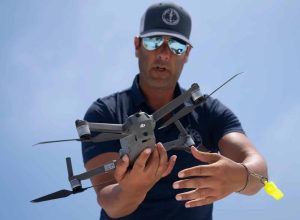

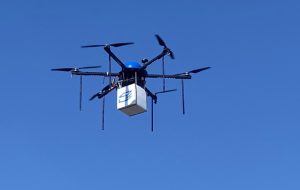




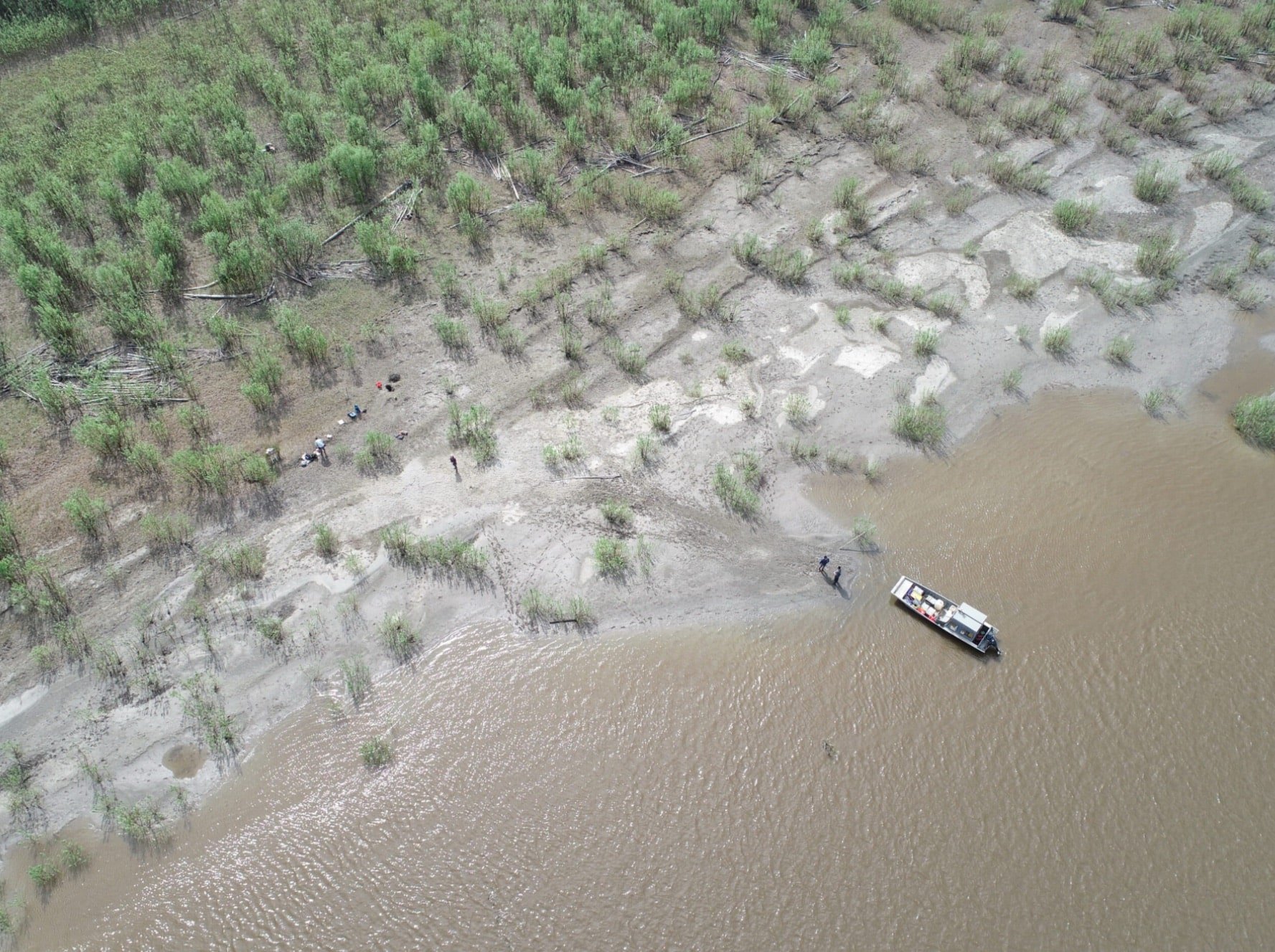

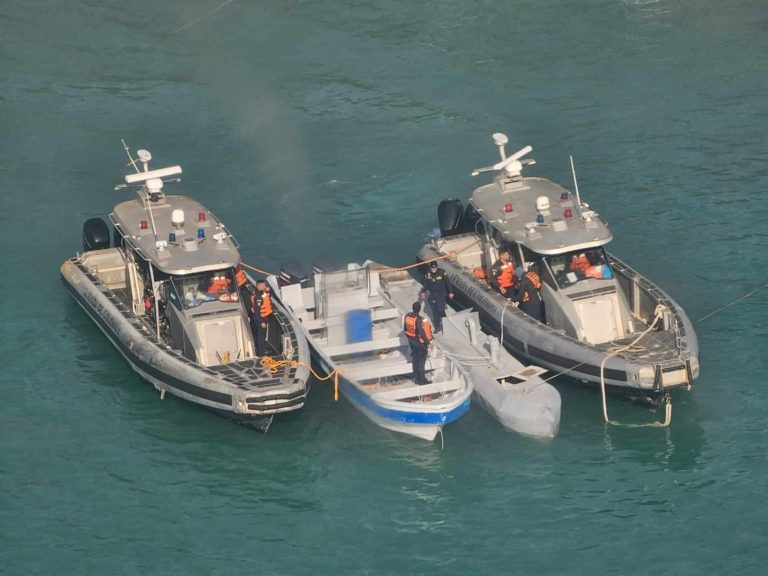
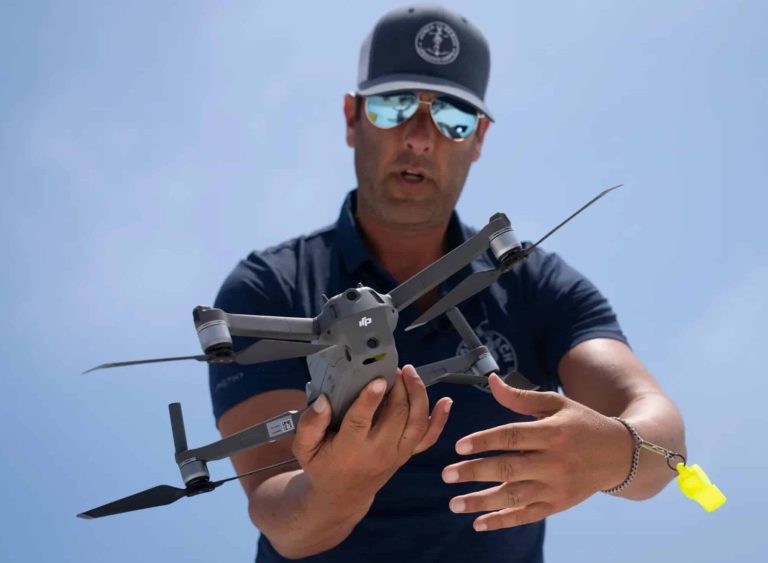

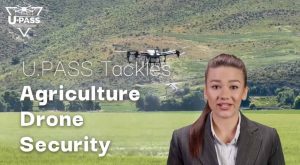





+ There are no comments
Add yours